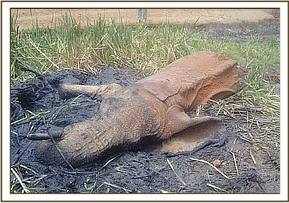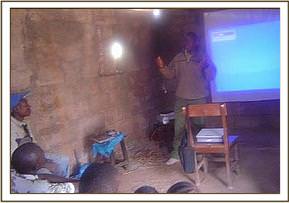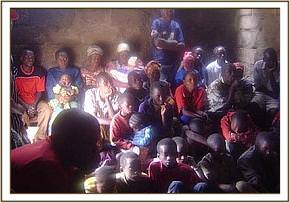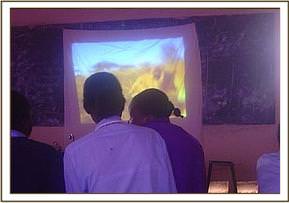Simba Team Ziwani Update: 01 August 2009
Participants: Nicodemus Kivindyo-Team Leader John Mungai Adan Abdi Boru Okichi Joshua Muthoka
Areas covered
During the month of August the Ziwani Team conducted its de-snaring activities at the following areas: the Taita wildlife sanctuary, Oza ranch and Kishushe ranch.
262 SNARES COLLECTED
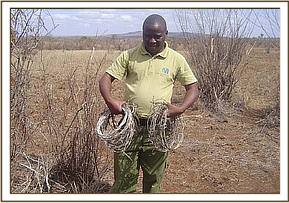

Findings
During the months operations the team lifted a total of two hundred and sixty two snares all of which targeted large game. The team also came across several carcasses one of a buffalo, one of a Giraffe, one of a zebra and one of an Eland. All the animals had been killed by poachers.
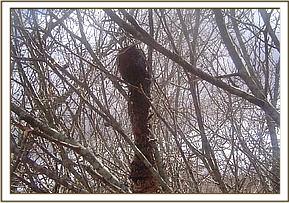
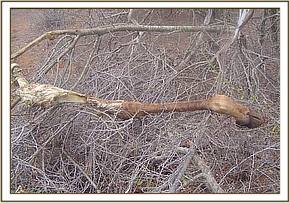

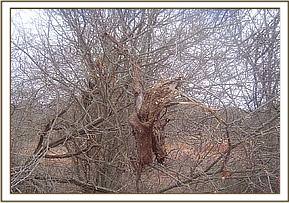




We were able to arrest a poacher on his way to the park. The poacher was handed over to KWS for booking.
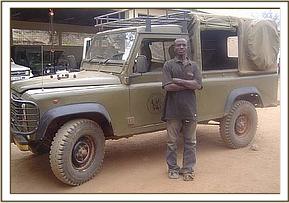
Observable Evidence
The month of August has seen an increase in the number of snares being lifted by the team. This is especially true of the number of large snares being found at the Taita wildlife sanctuary which shows that poaching for commercial reasons is on the rise. Further evidence of this is the number of carcasses of large animals that were found snared by the team.
The team was also able to save several animals, namely 4 hartebeest and 2 impalas, which had become stuck in the mud in the Sanctuary’s drying water dam. There is a need for continuous patrols in the sanctuary in order to curb the threat of poaching of the large game that has migrated to area in search of vegetation and water.
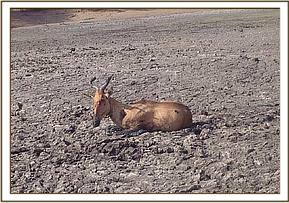
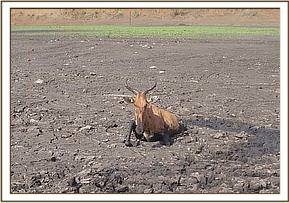
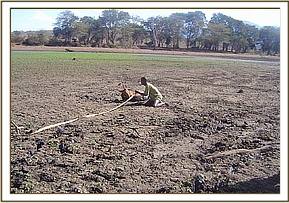

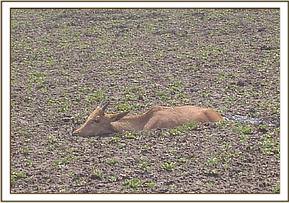
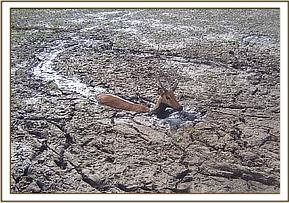

Taita wildlife sanctuary
This area is a home to many animal species and is a vital water source for the wildlife in the area. Many animals visit the sanctuary in order to quench their thirst with the majority coming from the areas between Maktau, and the lake Jipe area. As the Sanctuary lies outside the park boundaries it is very vulnerable to poachers. One of the dams in the sanctuary has dried up due primarily to the ongoing drought but also to the increase in the number of animals coming to drink from the dams. The team continually monitor the dams in order to rescue any animals that may become stuck in the mud around the receding dams.
During our operations in the area the team lifted a total of one 174 snares, all of which targeted large game, and rescued 6 animals which had become stuck in the mud.
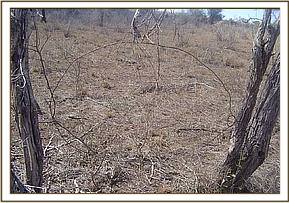

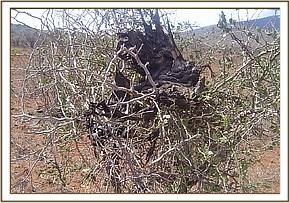

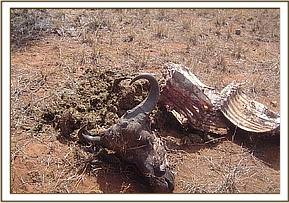

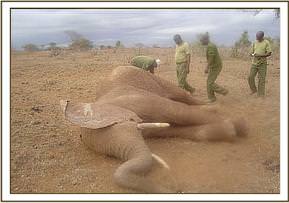

During our patrols we lifted a total of eighty eight snares all of which were new and targeted large game. An elephant was found stuck in the mud at Mkuru dam.
